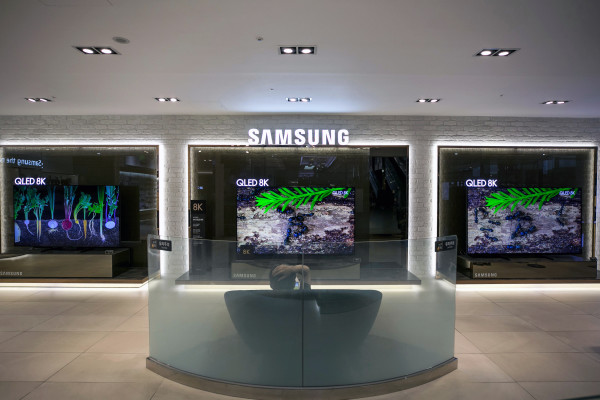

Best in Class: Schroder Asian Income
It may be hard to believe, but there was once a time when you could get an attractive yield of 4 per cent by taking little or no risk in your portfolio.
However, those halcyon days of being able to rely on risk-free assets like cash and government bonds for such an income are unlikely to return any time soon.
The best three-year fixed cash Isa only pays in the region of 1.7 per cent while the UK Gilt 2-year yield is in the region of 0.34 per cent.
So investors are having to be more creative in finding both a strong and consistent income return on their investments.
This week I wanted to touch on Asia as an alternative. It’s always been a growth-led market, but I was very interested to learn that around two-thirds of the long-run equity returns in the region have historically come from dividends.
Change is also happening to make dividends a greater part of the investing culture in the region.
Dividends in Asia
For example, the Shanghai Stock Exchange started encouraging companies to pay more than 30 per cent of profits as dividends in 2013; Korea introduced a penalty tax on excess capital holdings to promote higher dividends in 2014; and the Securities and Exchange Board of India began making dividend policies mandatory for the top 500 listed companies in 2016.
Over the past decade, dividends from Asia have also performed very strongly.
On an underlying basis, they have risen 124 per cent, despite a slowdown in 2019.
When you compare the region to a mature income market like the UK, the biggest attraction I believe is that potential for growth in dividend streams in Asia.
This week’s best in class is the Schroder Asian Income fund, which celebrates its 30th anniversary this month.
The fund has been managed by Richard Sennitt since 2001. Richard joined Schroder in 1993, initially as a member of the Japanese desk, but has been focusing on Asia Pacific equities since 1997.
The fund looks to yield between 3.5 per cent to 4 per cent per annum, over rolling three-year periods, given typical market conditions. The historic yield is currently an attractive 4.3 per cent.
Volatility
As Asian markets tend to focus on short-term sentiment, they can be more volatile than fundamentals would normally dictate.
Therefore, stock selection is at the heart of the managers’ investment approach, with income and potential capital growth both taken into consideration.
The focus is on identifying companies that are able to grow shareholder value in the long term.
Although in-house analysts are the primary source of stock ideas, Richard also generates stock ideas through his own research and draws on a number of other sources, including sell-side analysts and other investment professionals within Schroders.
Risk
Each stock is then assessed to form an opinion on the value of the business based on fundamental research that looks at sustainability of returns, reinvestment opportunities, management and earnings. Valuation is also important in this part of the process.
Risk is monitored and managed both by the fund manager and by independent sources.
Although it is envisaged that the majority of the fund’s risk will come from stock-specific factors, there is also scope to generate alpha from country allocation.
Many of the stocks will already have attractive yields, but Richard also looks to exploit opportunities in stocks that are set to benefit from improving capital efficiency, rising returns and increasing shareholder distributions.
The portfolio typically consists of 60 to 80 holdings. Cash is not used as a tactical asset and the intention is to remain fully invested, only taking cash positions for liquidity reasons.
Top holdings include Taiwan Semiconductor manufacturing (7.1 per cent), Samsung Electronics (7.0 per cent) and BHP Group (3.2 per cent).
In the past decade the fund has returned 150.95 per cent compared with the IA Asia Pacific ex Japan sector average of 105.6 per cent. It currently has an ongoing charges figure of 0.94 per cent.
With a real focus on identifying companies that are able to grow shareholder value in the long term, the investment process is well thought out and has been implemented with diligence and skill.
We feel this fund offers strong upside potential for investors looking for alternative sources of income over the long-term.
Darius McDermott is managing director of Fund Calibre



